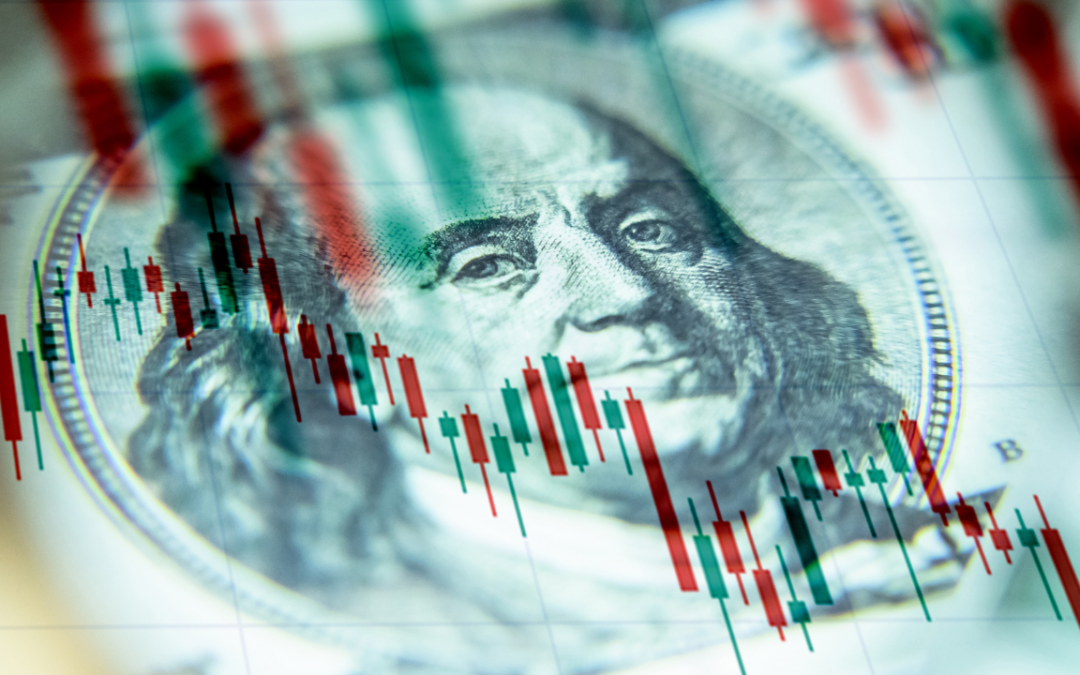Originally published at Project-Syndicate.org | June 12, 2019
Weak productivity growth helps to explain the continued robust rates of job creation in the United States, as well as workers’ sluggish wage gains. If left unresolved, the productivity malaise will ensure that the current expansion remains uniquely unbalanced and unhealthy.
ZURICH – The current US economic expansion is extraordinary. Not only does it rival the longest on post-war record, but, unlike previous periods of sustained growth, it has not unleashed much inflation. Corporate profits have soared to unprecedented levels. And economic inequality in the United States is at its most extreme in a half-century.
Each of these unique features is paradoxically linked to another oddity: despite a mostly lackluster expansion since 2009, the US unemployment rate has fallen significantly further than would have been predicted by GDP growth alone. But perhaps the defining aspect of this strange decade-long expansion, and the one that helps to explain its main anomalies, is weak productivity growth.
Consider, first, the jobs phenomenon. Using a simple model relating unemployment to GDP growth – similar to Okun’s Law – indicates that the jobless rate has fallen by half a percentage point more per year during this expansion than history would have suggested. Since 2014, the rate of US employment growth has exceeded what GDP growth would have predicted by nearly one million jobs per year.
Even as unemployment has fallen to historic lows, job creation remains more than double the rate of increase of the labor force. Firms are hiring strongly despite tepid growth, a dwindling pool of productive workers, and troubling political and policy uncertainty. The soft May jobs report, alone, does not change the decade-long phenomenon of robust employment growth.
One plausible explanation is that firms are substituting cheap labor for expensive capital. The share of total worker compensation in US national income has fallen steadily this century, reaching a low of 60% in late 2014, before edging back to its current level of 62%. Yet that is still three full percentage points below its average level between 1965 and 2000.
On the other hand, returns on capital are exceptionally high. Since 2010, the share of corporate profits in GDP has reached average levels that are unrivaled in the post-war era. One might think, therefore, that firms would prefer to invest in high-returning capital rather than in labor. But that is not the case. The average annual rate of non-residential gross fixed capital formation since 2009 has been 5.3%, more or less the same as it was in the expansions of the early 2000s and the 1980s, and well below the rate in the investment-led boom of the late 1990s.
Why is cheap labor so abundant? Perhaps workers are willing to sacrifice higher wages in return for job security. That’s understandable, given the painful memories of the 2008-2009 recession. Wage demands may be restrained by fears of losing jobs to China, Mexico, or machines. Yet a rising “quits rate,” which is now back to levels seen prior to the financial crisis, suggests that workers are perhaps less excessively cautious than they once were.
Another factor is declining union membership. In the early 1980s, nearly one-quarter of the US labor force was unionized. Today, that figure has fallen to about one-tenth. Non-union workers earn, on average, about 20% less than their unionized counterparts. A less unionized labor force works more cheaply and, perhaps, more flexibly, making it more attractive for companies to hire.
But the most important factor behind sluggish wage growth is probably weak productivity growth. Average labor productivity in the US (and in most other advanced economies) has slumped in the past decade. Despite the explosive growth in information technology, the average worker is not becoming more productive.
If output per hour worked is not rising much, then the number of hours worked must increase to ensure adequate provision of goods and services. This is why US job creation remains robust, despite pedestrian GDP growth.
In addition, firms cannot raise wages by more than the increase in the marginal product of labor. Low productivity growth therefore explains sluggish wage increases. It also makes firms less willing to invest. The resulting capital discipline contributes to high returns on capital, which underpin soaring profits and yawning income inequality.
US policymakers must try to ensure that the benefits of growth are more equally distributed. Populist proposals from both ends of the political spectrum, such as calls for protectionism or a universal basic income, are unlikely to do the trick. Such measures would simply result in Americans fighting over shares of a shrinking pie.
Rather, the key is to raise average levels of productivity. For a variety of reasons, including the current political and social backlash against capitalism, the US cannot address its productivity challenge solely with 1980s-style deregulation, lower taxes, and less government. Economic efficiency will have to be augmented by improvements to energy and transport infrastructure, along with better access to quality education, worker training, and health care.
America’s growth over the past decade has been unique in many ways. But if its productivity malaise is allowed to persist, the expansion will remain uniquely unbalanced and unhealthy.



